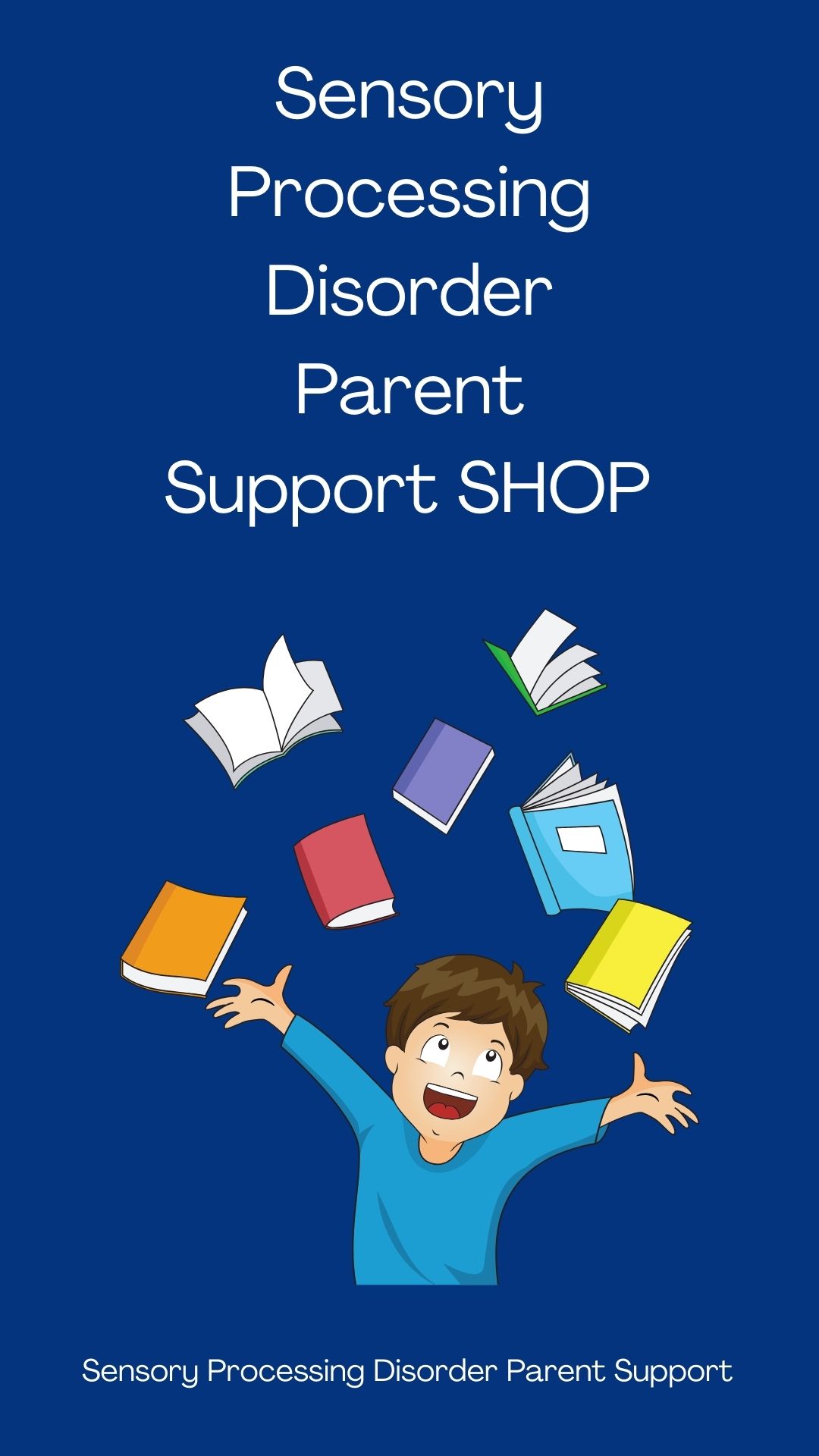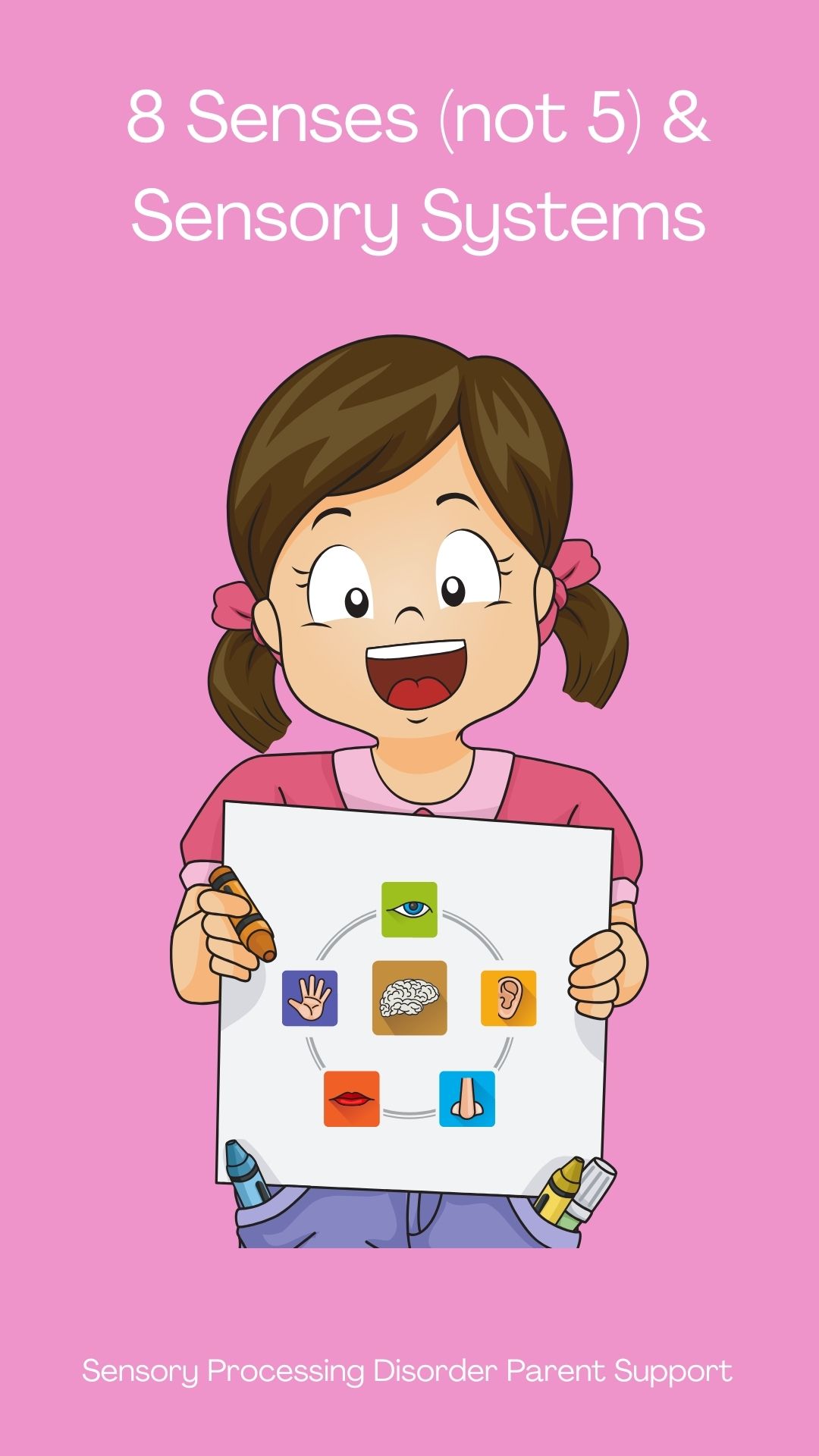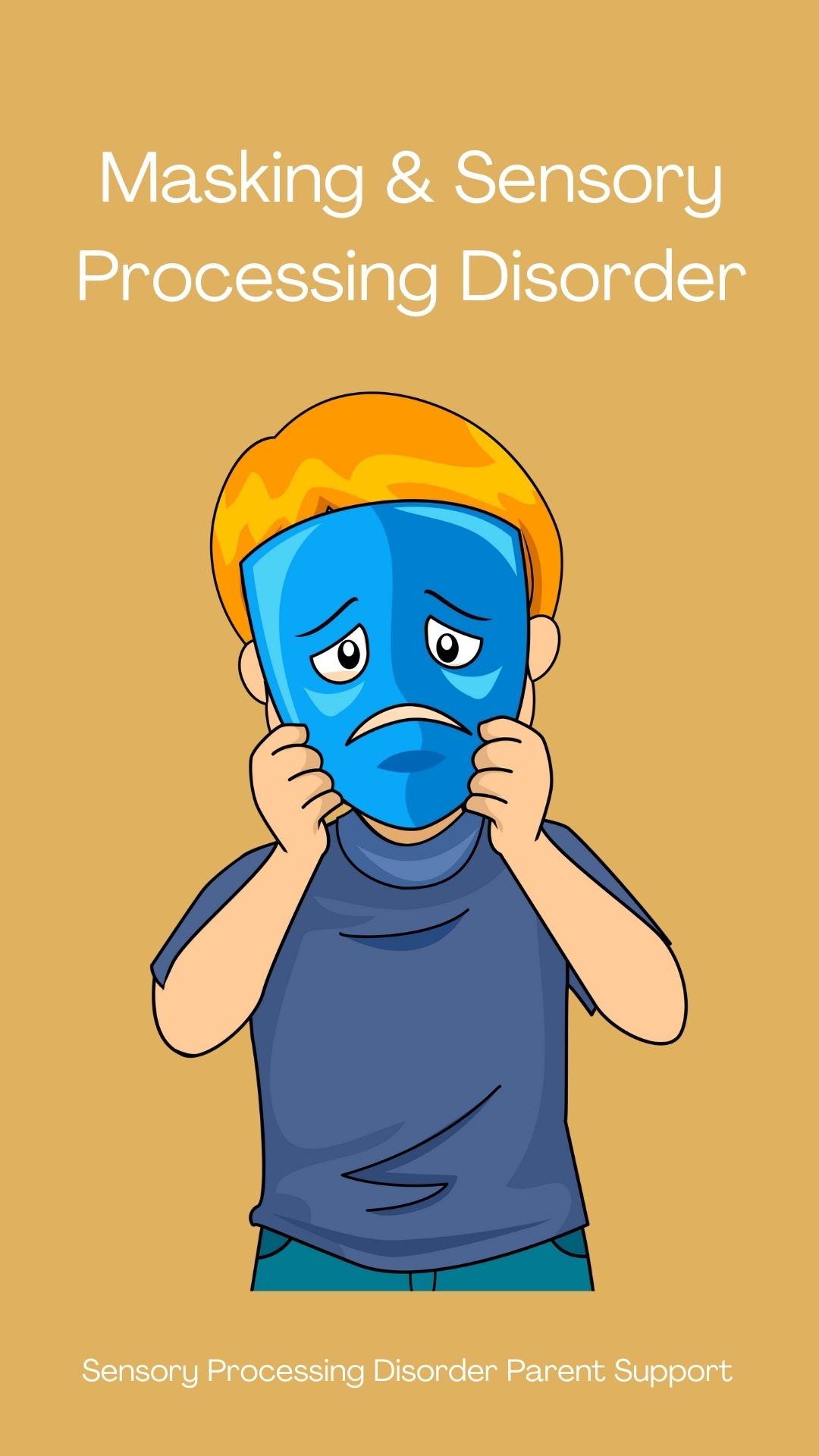
Sensory Processing Disorder Parent Support
Sensory Processing Sensory Diet Toys & Tools
Children with sensory differences ... painting the world beautiful.
Sensory Processing Sensory Diet Toys & Tools
Jeanette Loftus
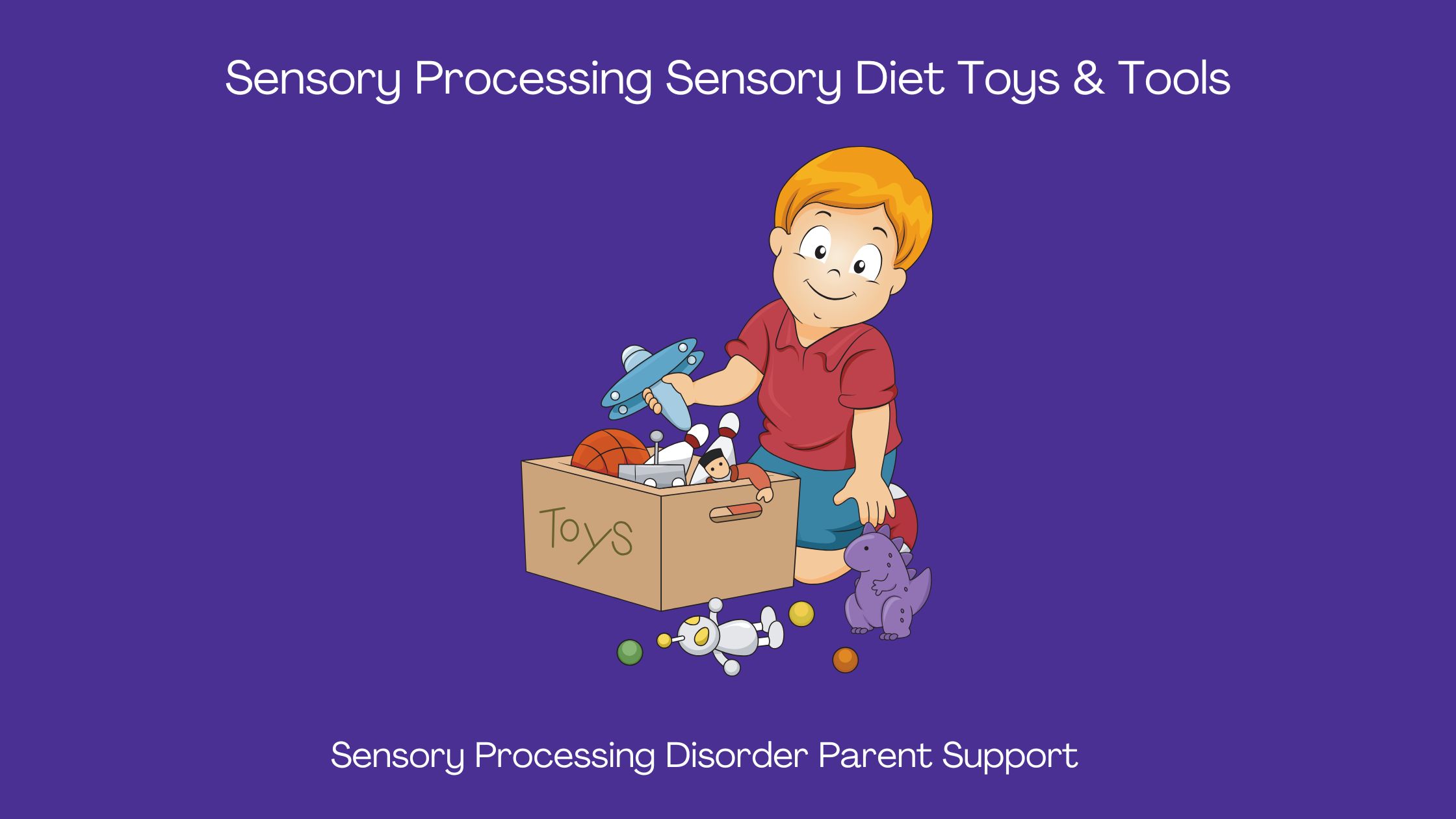
Sometimes it can be very overwhelming as a parent who has a child with Sensory Processing Disorder especially when you're trying to find the right sensory toys and tools. There's so many products out there today and several stores that it can get confusing where to buy sensory diet tools and equipment. Using sensory tools and toys can be so helpful for children who have sensory processing disorder.
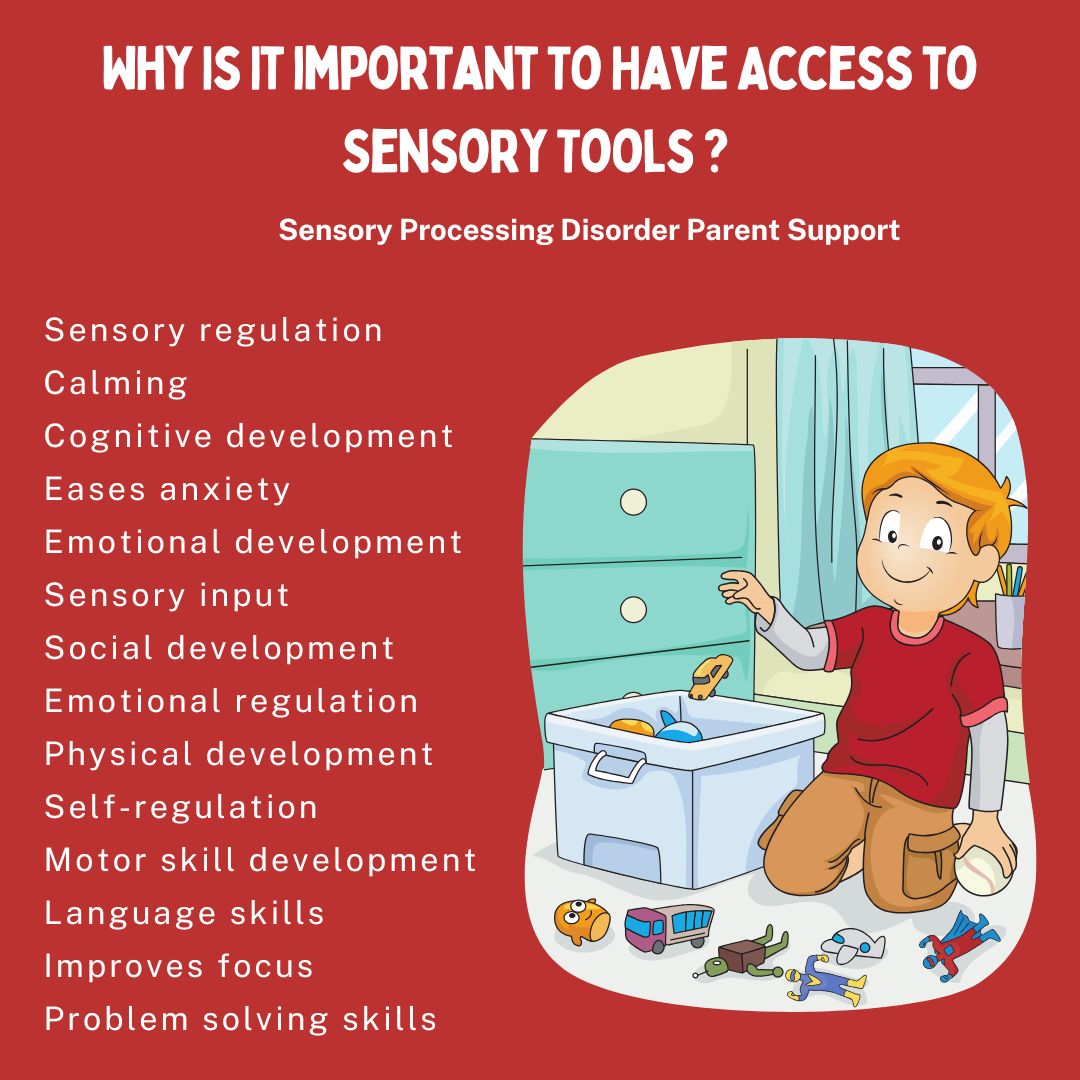

Hey! I'm Kelly, the Owner and Creator of Comfort on the Spectrum, where all of our products are crafted with love and care for comfort lovers!
We take the body's senses into careful consideration by using the softest bamboo fabric, flat seam stitching, and avoiding all the annoying things like tags, buttons, zips, and plastic graphics. This makes our products perfect for everyone, including those who experience discomfort from clothing due to sensitivities from Autism, Sensory Processing Disorder, ADHD, or Sensitive Skin.
Our brand prides itself on being inclusive, and our mission is to make dressing a comfortable and enjoyable experience while looking amazing all at the same time!
Monthly kid’s subscription box of sensory toys curated by a children’s therapist. Our sensory box is packed with unique toys for therapeutic play, calming, regulation. Develop sensory skills the fun way!
Beautifully curated by a former teacher and therapist, our specialty toy boxes provide a magical "learning through play" experience for both child and family alike. These carefully chosen sensory tools, fidgets and skill-building toys bring a sense of calm, focus and positive therapeutic aid to your child’s therapy or playtime sessions.

SmartKnitKIDS® patented seamless products are perfect for children experiencing sensory processing differences, hypersensitivity or who simply can’t stand annoying seams! Our super soft socks, undies, compresso-ts and bralettes for sensitive skin will not wrinkle or bunch and are proven to reduce irritation. ShopThuasne is your source for information on your sensory kids’ needs. While at ShopThuasne, you can read our educational blogs to learn tips and advice on helping your children navigate their sensory challenges, explore how our products can provide solutions to challenges your children may face, and shop our collection of high-quality kids products.

Make getting dressed fun again! Clothing for little girls who can’t stand clothing! Sensory processing disorder clothing, sensitive kids, soft clothing…
call it whatever you want....but end the morning tears! After years of not being able to find comfortable soft clothes that Mazi could wear, we set out to create our own.
End the tears when getting dressed, and look cute at the same time!


WunderUndies are the newest brand of children's underwear ideal for sensory sensitive kids! They are made of an incredibly soft and stretchy blend of bamboo and cotton fabric, are elastic free, tag free, gender neutral, and have super fun prints! They come in both brief and boxer brief styles in sizes 2T-12.
Does your kid come home and immediately strip down to their underwear? Or … maybe they never put clothes on in the first place? If they insist, best that they be in some super soft, super cute, super durable underwear with a super fit that cover everything you want them to.
Maybe you’ve got a kid who just isn’t comfortable in the cheap big name brands and fidgets in their underwear all day long. WunderUndies is fidget free. No itchy elastic anywhere and made with super soft and stretchy bamboo and cotton fabric.

Parker & Talia is a clothing brand committed to creating clothing that is inclusive for all children. Founded by Valerie Bernal, who has children with sensory sensitivities, the brand is designed to address the challenges that come with finding comfortable clothing for children with sensory challenges.
Parker & Talia uses eco-friendly bamboo-based fabric that is soft and hypoallergenic, making it an ideal choice for children's clothing for children with sensory sensitivities. This brand aims to empower children and their families by providing clothing options that work for them, specific to their individual needs.

We are a small, friendly and playful company with the wonderful task of producing a unique and amazing product to delight, inspire and entertain children, while bringing peace, quiet and joy to parents and grandparents!
And, we have been doing this, now, for over thirty years! Wikki Stix One-of-a-Kind Creatables are the award winning original waxed yarn creativity toy — made in the USA!
Not only are Wikki Stix a wonderful creative activity toy…they are also a “Really Cool Tool for Teaching School.” So, if you’re a teacher, you may have seen us at your national conference, as we are there every year with new and innovative ways Wikki Stix can be helpful in your classroom.


CalmCare is proud to manufacture and supply high-quality, sensory-style compression garments which are fast gaining a reputation for helping to calm the sensory system of Autistic children and adults.Our products can also greatly benefit people who have ADHD, Sensory Processing Disorder, PTSD and Anxiety.Developed by a caring parent of an Autistic child, CalmCare has vastly improved the day to day lives of this family, and thousands more.After a frustrating and exhausting search could not produce a sensory garment that was suitable for special needs children, one that would enable them to self-regulate and could be worn discreetly all day, every day….CalmCare was born!

Bleuet offers apparel designed for growing tween and teen girls, giving them confidence in their bodies and the freedom to do what they love. Designed by a mom of a daughter who is sensory sensitive, Bleuet apparel is itch-free, tag-free and made with minimal seams for comfort in ultra-soft performance, moisture-wicking fabric.
The company's mission is to help girls feel more comfortable and confident as they grow; to support parents in raising kind, confident daughters; and to give to girls in need as well as investing in young female tween and teen entrepreneurs.
Sense-ational You is an inclusive clothing brand specifically designed to meet the needs of autistic children and children with Sensory Processing Disorder.
Our mission is to make fashion inclusive of all children and to celebrate the unique beauty every child has to offer. We do this through sensory-friendly and fine motor friendly clothing that all kids can enjoy but make clothing accessible to those with sensory needs. We also offer clothing with added hidden functionality from sound reduction to compression.

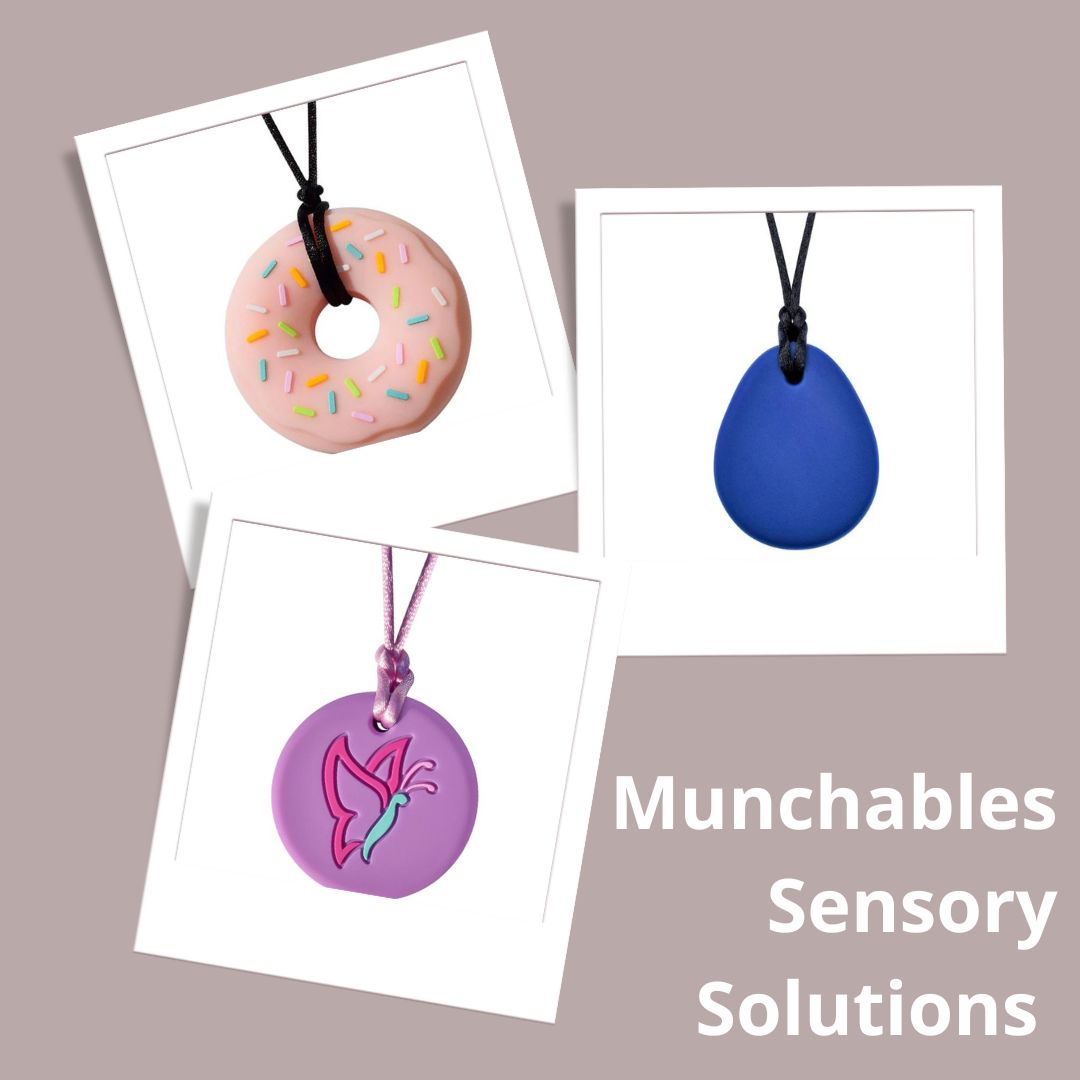
Munchables sensory chew necklaces are recognized by the Canadian Association of Occupational Therapists for their ability to divert chewing.
Our chewelry is the top selling brand of chewable jewelry because of its exceptional quality, durability and attractiveness.
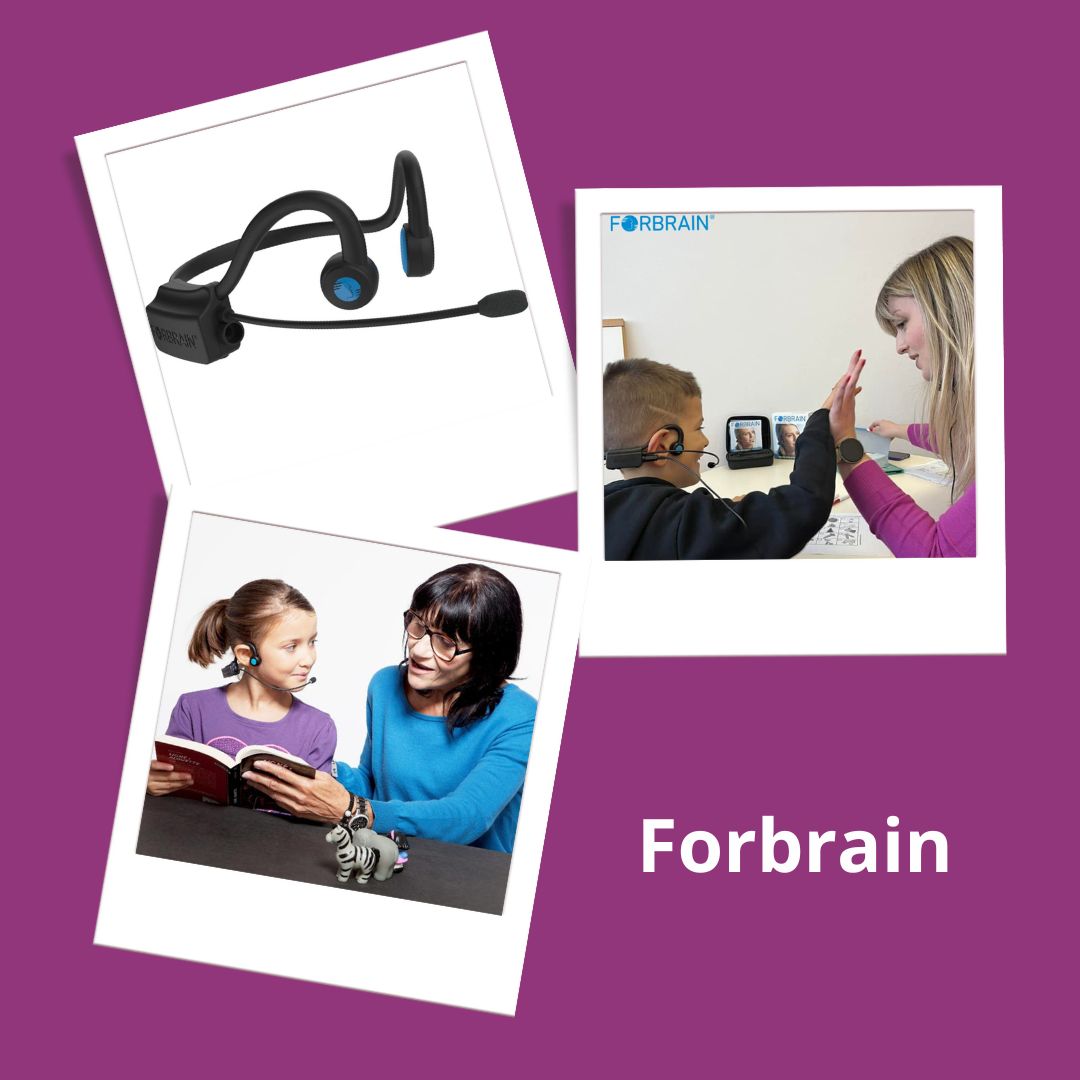
Forbrain is a revolutionary brain training device that empowers everyone to harness their voice to boost their brain. Forbrain maximizes abilities in speech, attention, and memory with a sensory workout. Harness your voice and experience real improvements at school, therapy, or work.
Forbrain modulates the voice to make it sound clearer and stimulates the brain, thus retraining your abilities. Using the device is easy and intuitive: simply wear the headphones, switch them on, and speak for a few minutes every day to boost your brain. You'll soon grow your abilities in communication, concentration, and learning.
The headset helps individuals with sensory processing difficulties, speech and language delays, Autism Spectrum Disorder, ADD/ADHD, dyslexia, Auditory Processing Disorder and more.
The Weighted Cape
Perfect for KIDS 3 - 8 years old. Or kids 30lbs - 60lbs

Soundsory's program consists of specially-designed music processed through neuro-acoustic modifications combined with a series of movement-based exercises.
Soundsory utilizes specific auditory inputs to stimulate multiple parts of the brain through music and movement, thereby integrating and improving motor, emotional and cognitive skills.
The main purpose of Soundsory is to establish strong cognitive foundations, from the fundamentals of sensory integration to more complex cognitive functions. It is based on a concept known as neuroplasticity, i.e. the brain can change itself and create new connections through specific and repeated stimulation. It is a 40 day program with 30 minutes of simulataneous rhythmic music listening and body movement exercises.
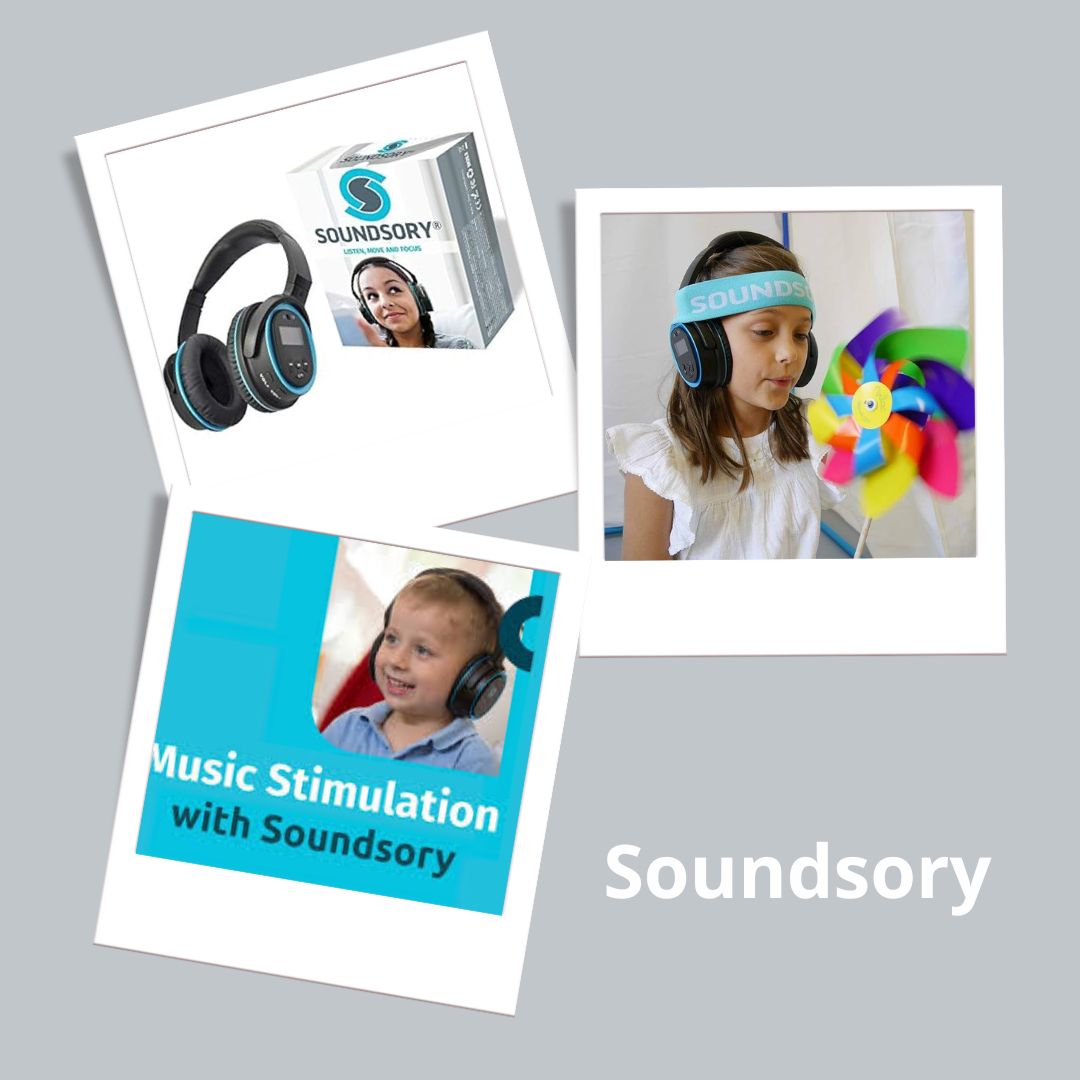
Abby & Noah Co. is a family-owned business that designs high-quality sensory products for neurodivergent individuals, including those with anxiety, autism, ADHD, and sensory processing differences. Founded by a licensed psychotherapist and mother of neurodivergent children, the company combines professional expertise and lived experience to create tools that support regulation, comfort, and calm. Known for their sensory swings and other therapeutic items, Abby & Noah Co. emphasizes empathy-driven design and affordability. With strong customer testimonials and a 4.7/5 rating, they've earned a reputation for making a meaningful impact on daily life for families and individuals navigating sensory challenges.

With over 20 years of extensive clothing manufacturing, design, export and marketing background, Jett’s mother decided to provide a solution to help Jett and other families throughout the world. JettProof was born!
JettProof undergarments are made from Calmtex, a lightweight, breathable, high quality sensory fabric which was designed for sensory care.
JettProof can be worn comfortably under clothing all year round. JettProof undergarments enable children to wear their favourite clothing (or school uniform) and benefit from this unique calming undergarment.

Our products are designed to alleviate common pain points such as difficulty concentrating, hyperactivity, sensory sensitivities, and social interaction challenges. By providing safe, effective, and high-quality nutritional solutions, we aim to:


Does your child: Have Sensitive Skin? They hate the feel of scratchy fabrics and tight elastic. Refuse to Put on Clothing? You’d do anything to put an end to the dress-time tantrums. Quality Clothing Your Child Deserves Softer. Comfier. Greener. Soft Premium Materials
We source the highest quality materials, from organic cotton and performance fabrics to plush elastics and eco-friendly dyes. Made to Last
Whether it’s playground shenanigans or multiple machine washes, our clothes retain shape and color through it all. Free US Shipping & Returns
As parents, we know shopping for kids isn’t exactly easy. That’s why we cover your shipping and returns—so your experience is risk-free.
The Decided Collection builds confidence and provides the ultimate comfort for tween girls with our stylish, ultra-soft and cozy pajamas. Our fabric isn't just soft...it's made-for-her soft.
We use a premium blend of Modal, a material made from the natural fibers of beech trees, and a touch of spandex for stretch and comfort.
The collection was thoughtfully designed with no tags and so girls can mix and match pieces to express their unique style.

Resources For Parents
Jewel Autism Centre Sensory Diet For Autism | Autism Spectrum Disorder
DISCLAIMER: I have learned a lot over the years but I am still learning. Always do your own research and exercise sound judgment. I am not an occupational therapist or a physician. I am an adult who has sensory processing disorder, a sensory parent and a Grandma. The information on this website is not medical advice and does not replace the information that your child's therapists or medical professionals give you. These are just ideas that I have learned myself over the years of being a parent and an adult living with SPD. If you are concerned for your child, please always seek medical attention through a family doctor, pediatrician or therapist. This website is for awareness purposes only. Each child is different and what works for one child may not for another because all children have different sensory needs. Please always consult with a medical professional. C lick on links throughout each page for more resources and information. Click here for more resources https://sensoryprocessingdisorderparentsupport.com/sensoryprocessingdisorderresources
Amazon offers a small commission on products sold through their affiliate links on my website. Each of your purchases through links on my website for Amazon affiliation links or sponsored links support me but no additional cost to you so thank you. I appreciate it so much! I am not responsible should you purchase anything from any links on this website.
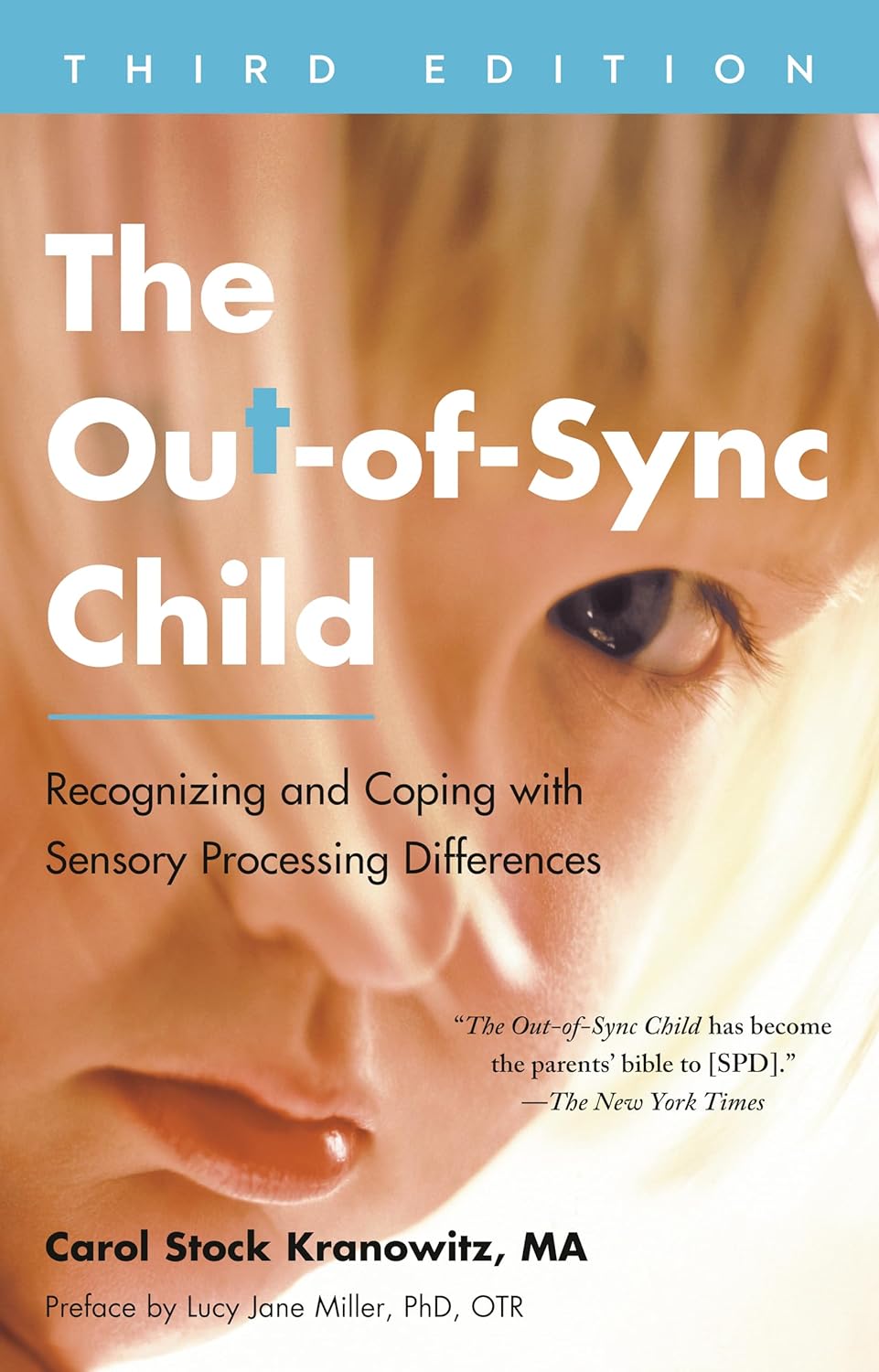
Amazon
The Out-of-Sync Child
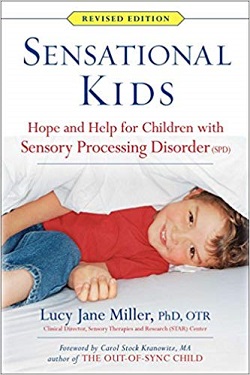
Amazon
Sensational Kids: Sensory Processing Disorder
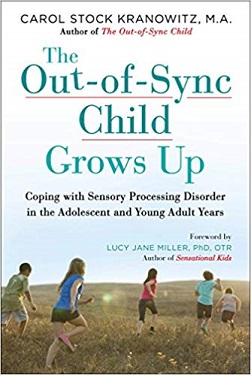
Amazon
The Out-of-Sync Child Grows Up

